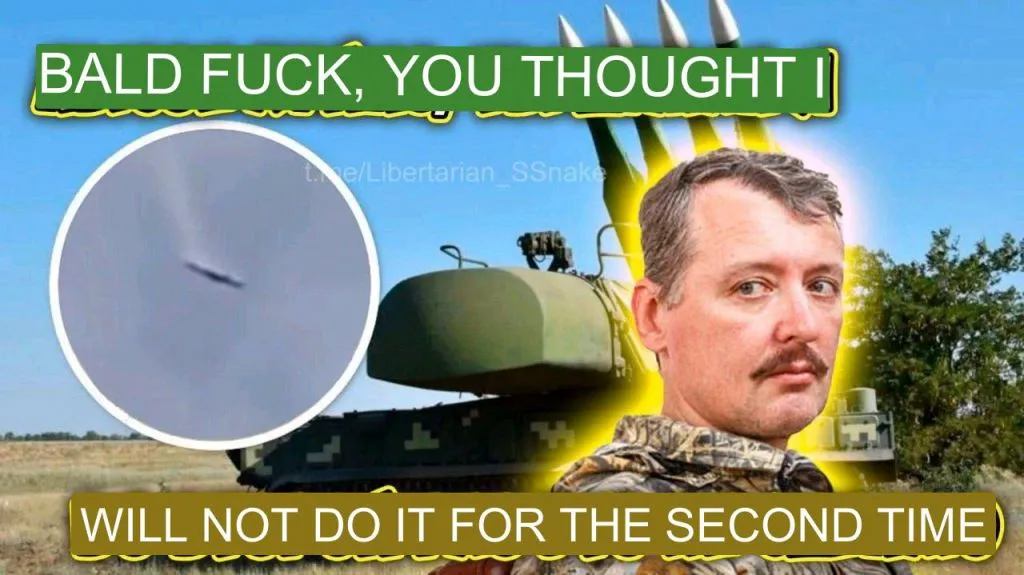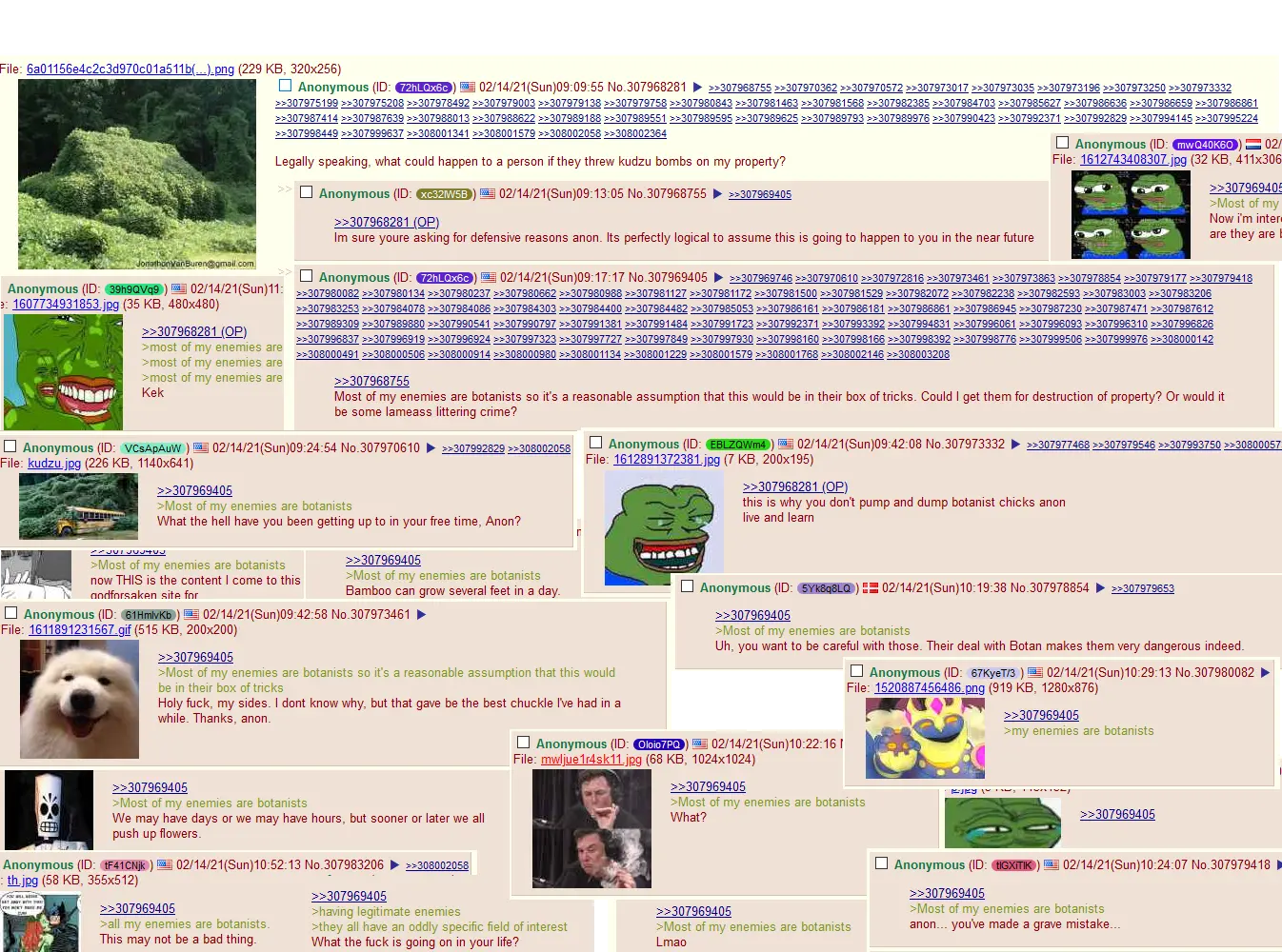Michael Kofman and Rob Lee released another article looking at the counteroffensive's overall state three months in. If you've been paying attention to Kofman's recent Russian Contingency podcasts, this article mostly echoes these conclusions, just packaged in a format more palatable to a Washington audience. If this is interesting to you, I would also recommend RUSI's recently released assessment of the counteroffensive. It's a bit more technical but equally informative.
Michael Kofman is a senior fellow in the Russia and Eurasia Program at the Carnegie Endowment for International Peace, where he focuses on the Russian military and Eurasian security issues. He served as director of the Russia Studies Program at the Center for Naval Analyses, where he conducted research on the capabilities, strategy, and military thought of the Russian Armed Forces.
Rob Lee is a senior fellow in the Foreign Policy Research Institute’s Eurasia Program and a former Marine infantry officer
Attrition makes for poor headlines, but it plays to Ukraine’s strengths, whereas attempting to scale offensive maneuver under such difficult conditions does not. It is, however, burdensome to resource, pressuring Washington to finally authorize dual-purpose improved conventional munitions — cluster munitions for lack of artillery ammunition available. Cluster munitions are a nasty weapon with lingering effects, but there is no other way to sustain Ukraine’s demands for artillery ammunition. This was a critical decision, extending the timeline available to give Ukraine’s approach the opportunity to succeed. They are also more effective against forces in the open and manned trenches. But the dual-purpose improved conventional munition stockpile is not just meant for the offensive. It will be used to sustain Ukraine’s war effort well into next year, until Western production increases sufficiently. This suggests that the primary factors affecting Ukraine’s offensive could still be ammunition and force availability.
In mid-August, Ukraine appears to have begun committing elements from its reserves, including the 46th Airmobile and 82nd Air Assault Brigades. The addition of these units seems to have achieved quicker results, as Ukrainian forces liberated the heavily fortified town of Robotyne and continued to advance to the south and east. The current situation is fluid. Geolocated footage and reporting suggests Ukrainian forces, possibly a reconnaissance unit, have advanced past the anti-tank obstacles on the first part of the “Surovikin line” towards Verbove. Though it is unclear if this is just a small dismounted force, or if Ukraine has managed to breach those defenses with vehicles. Ukrainian forces have also advanced towards Novoprokopivka and its eastern flank. The Ukrainian military appears focused on further degrading the Russian defenses and widening the salient, because a narrow advance could leave its forces vulnerable to counterattacks on the flanks. The renewed assault does point to a changing dynamic, forcing the Russian military to react in order to try and stabilize the situation.
Despite appearances, Russia is not executing a true defense in depth. Russian forces are set up for such a defense, which enables a defender to degrade the attacker as they advance, trading space for attrition. They have constructed three defensive belts, minefields in between, communication trenches, and hardened defensive points in between. This was likely Gen. Sergei Surovikin’s vision (and his name provides the nickname for these defensive lines). But Surovikin is not in charge. Gen. Valeriy Gerasimov, the chief of general staff, is. He has consistently demonstrated poor military judgment and a weak understanding of what Russian forces can and cannot do, most recently in the failed Russian winter offensive. Russian forces have chosen to defend forward of the Surovikin line, concentrating their efforts on holding the first line of defense and the towns that anchor it. To be clear, the first line does feature extensive entrenchments, including tunnel networks. The follow on lines include machine dug trenches, anti-tank ditches, dragons teeth, and likely more minefields. The Russian decision to defend forward has favored Kyiv because it allowed Ukrainian artillery to attrite the Russian units deployed.
The course of this battle is ... increasingly determined by who has the most reserves available and who pursues the best force management strategy over time.
Western support thus far has been sufficient to avert a Ukrainian defeat, and arguably has imposed a strategic defeat on Russia, but not enough to ensure a Ukrainian victory. Independent of the outcome of this offensive, Western countries need to be clear-eyed about the fact that this will be a long war. Taken together, Western industrial and military potential greatly exceeds Russia’s, but without the political will, potential alone will not translate into results.




I see what’s happening here
You’re face-to-face with greatness and it’s strange